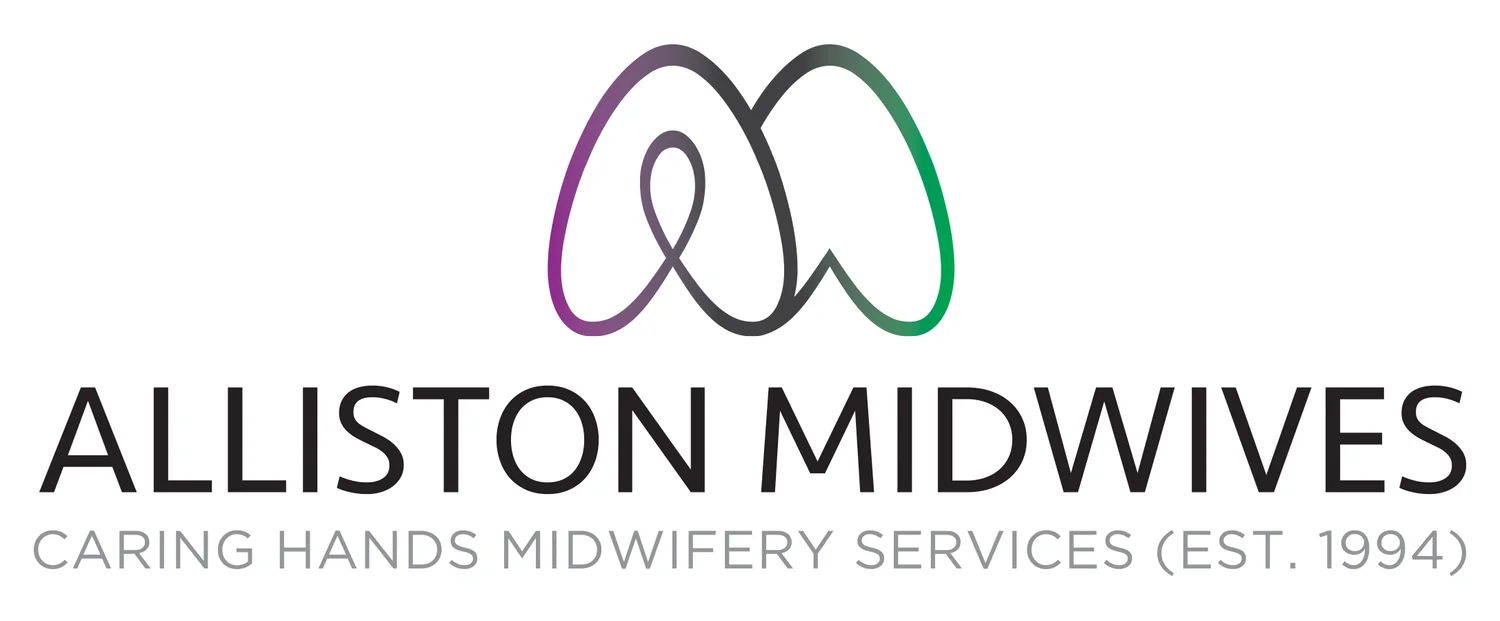Providing complete care during pregnancy, childbirth and beyond
Serving women since 1994, care covers all aspects of pregnancy and childbirth, including information and consultation during pregnancy, delivery of your infant at home or in a hospital, and care of mother and infant after the birth takes place (postpartum).
Catchment Area
Caring Hands Midwifery Services serves women within approximately 40 kilometers of Alliston. Our catchment area extends from Highway 90 south to Bolton, and from Shelburne east to Lake Simcoe.
Some of the communities we serve:
Alliston, Angus, Base Borden, Baxter, Beeton, Bolton, Bond Head, Bradford, Colgan, Cookstown, Everett, Gilford, Hockley Valley, Innisville, Keenansville, Lefroy, Lisle, Loretto, Mansfield, Palgrave, Primrose, Shelburne, Schomberg, Thornton, Tottenham, Violet Hill.
If you’re not sure whether we serve your community,
feel free to contact us to find out!
“Birth is not only about making babies. Birth is about making mothers...strong, competent, capable mothers who trust themselves and know their inner strength”
~ barbara katz rothman
Accessing our Services
In Ontario Midwifery is fully funded by the Ministry of Health (there is no charge)
If you think that midwifery care may be for you, download and email us our intake form here to arrange your first appointment as soon as you know that you are pregnant. If you decide to switch to midwifery care midway through your pregnancy, your doctor will transfer your pregnancy records to us.
Our Mission
Our team of midwives share a respect for pregnancy as a state of health, and we view childbirth as a normal physiologic process. We recognize birth as a profound event in a woman’s life. Our goal is to make the entire experience as positive as possible.
91%
of midwifery clients are breastfeeding after six weeks, compared with a provincial
average of about 60% of women
on discharge from from hospital following birth.
20%
of midwifery clinics are in rural or remote communities
15%
c-section rate among midwifery clients in Ontario, compared to the provincial rate of 28%. This represents a significant savings for the health care system.
A reduction in c-section rates from the current provincial average of 28.4% to 22.8%, could result in savings of nearly $11.6 million for hospitals.”
Lisa M. Weston, AOM President
